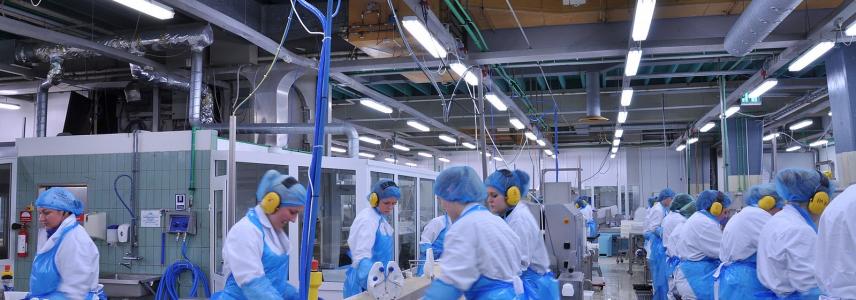European Union findings on chlorate residues create challenges for food industry

The COVID-19 crisis has had a huge impact on importers, inlcuding the fish and seafood sector. Below we share our latest market research with you.
The presence of chlorate residues in products consumed by the public has become an increasingly important issue for the European Union (EU). Chlorates are a by-product of chlorine-based products. We use such products to purify drinking water or as a disinfectant in the food processing industry. The EU has already banned the use of chlorates as a herbicide but it has not set a maximum residue level for drinking water or food. The EU is working to increase the regulation of residue levels in food and water.
At the end of October 2019, high levels of chlorates were found in several shipments of frozen pangasius fillets with added water from Vietnam. Legally treated water is a significant source of chlorate. Frozen fish and seafood, and products with added water, thus have a far greater chance of having high chlorate levels.
Chlorates
Chlorates are chemicals that often cause health issues for high-risk groups when eaten. They are a result of the use of chlorine-based disinfectants for water purification and food preparation and processing. Chlorates generally get into people’s food via water legally treated with a chlorine disinfectant. When using chlorine to clean processing equipment, chlorates may be produced. These chemicals can transfer to the food products they come into contact with.
Primary source
The primary source of chlorate in people’s diet is drinking water. Among food products, chlorate mostly comes from the fruit and vegetable industries. These are allowed to use chlorinated products to wash their produce. Animal products are not allowed to be chlorinated. In the fish and seafood industry, chlorate residue often comes from contact with surfaces or machinery cleaned with chlorine-based products.
Health risks
In a 2015 study, the European Food Safety Authority (EFSA) found that the current level of chlorate that people get through food and drinking water is too high. This causes health concerns for at-risk groups, such as infants, children and people with existing thyroid problems. Chlorate can block iodine uptake and result in the development of goitres. It can also have a negative impact on intelligence.
EU plans to set a maximum residue level for chlorate
Chlorates have already been the target of EU attention. Potassium and sodium chlorate are now banned from use against pests in farming. The EU has also started to track other ways these chemicals are getting into people’s food. The EU has not yet established a specific maximum residue level (MRL) for chlorate in food. Still, there is now a plan to address the issue. Currently, chlorate in food has a default MRL of 0.01 milligrams per kilogram. However, higher levels are often found.
Moving forward, the EU plans to set an MRL for chlorate in drinking water and food. The EU also plans to work towards the development of hygiene guidelines to reduce chlorate residue from food processing. A combination of the average levels currently found in different food products, the levels found in drinking water and the recommended daily allowances, among other things, will determine the limits set for food. Baby food products will, of course, get special attention.
This news article was written for CBI by Seafood Trade Intelligence Portal.
Stay informed
To stay informed on the latest developments in the fish and seafood sector, make sure to subscribe to our newsletter.